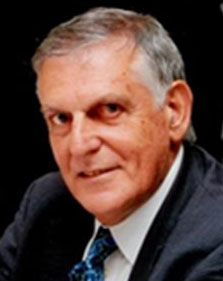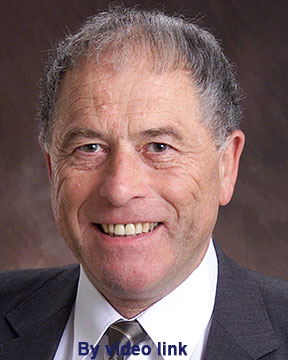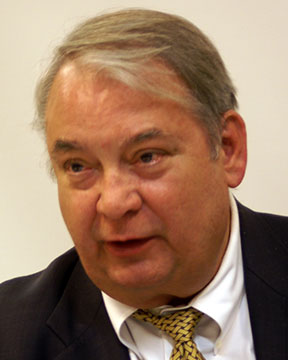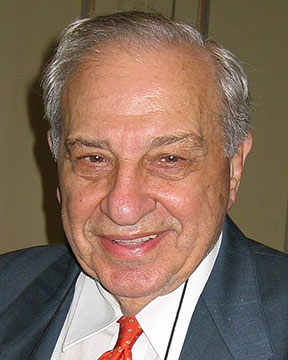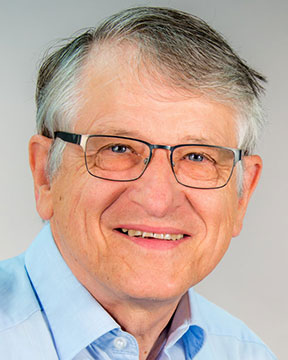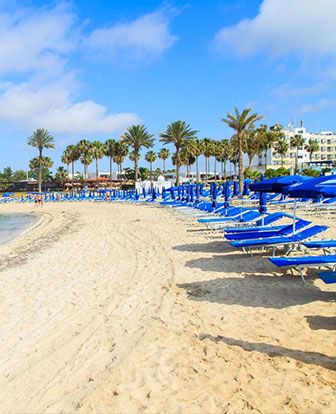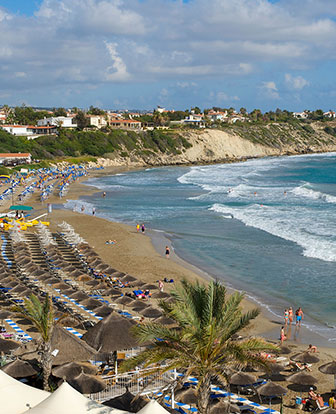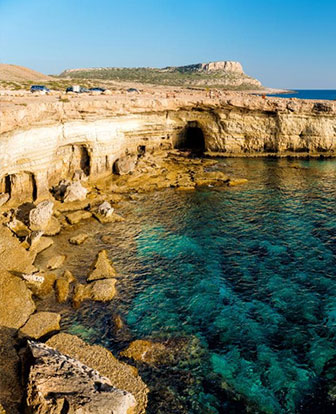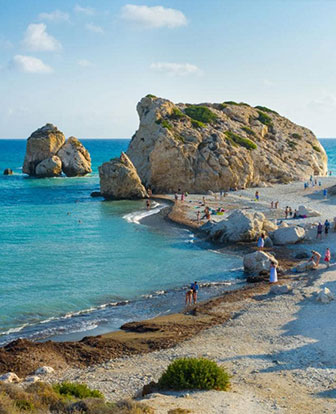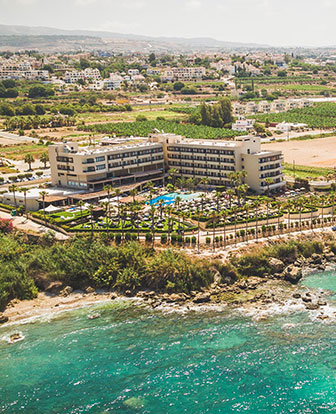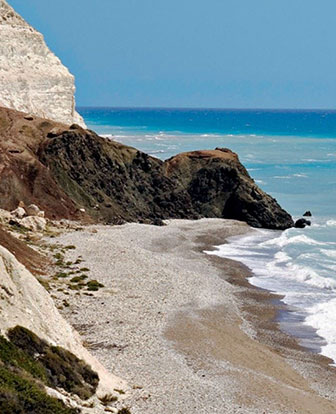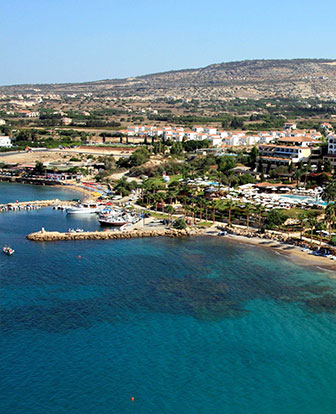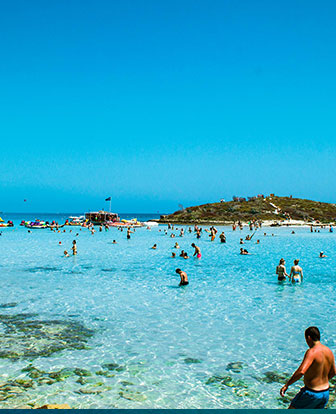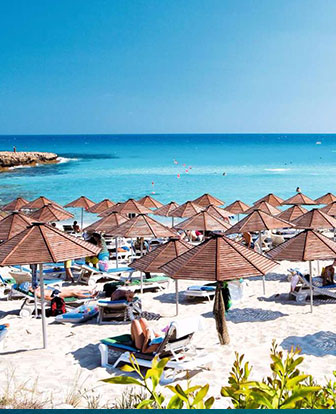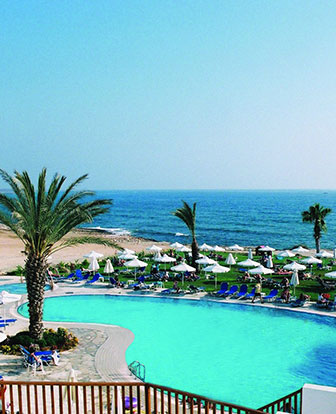ORALS
SESSION:
GeomechanicsFriPM3-R7
| Schrefler International Symposium on Geomechanics and Applications for Sustainable Development |
| Fri Oct, 25 2019 / Room: Athena (105/Mezz. F) | |
| Session Chairs: David Smeulders; Claudio Tamagnini; Session Monitor: TBA |
17:50: [GeomechanicsFriPM313] Invited
Macro-simulation of fluid flow and the interaction with the excavation process of the Brenner Base Tunnel Konrad
Bergmeistser1 ; Tassilo
Weifner
2 ;
1, Vienna, Austria;
2Brenner Base Tunnel BBT SE, Innsbruck, Austria;
Paper Id: 465
[Abstract] The tunnel track of the Brenner Base Tunnel crosses the base of the Brenner Massif passing through an important aquifer in the Hochstegen zone, which shows an essential influence on the water balance on the ground surface. In order to investigate the hydrological situation before and after the tunnel construction, two-dimensional models of the groundwater flow system with the finite difference code MODFLOW were produced. The scope of these models was on one hand to obtain information about the effects of the drawdown of the groundwater table by the draining effect during the tunnel excavation. On the other hand, an intention of the model was to investigate whether the drawdown of the groundwater table could be kept to a small and acceptable extent through suitable grouting measures and thus keep the influence on the groundwater balance in the model area low. The calculations show that the drawdown of the groundwater table in the zone of the aquifer of the Hochstegen Zone can be reduced to a small, acceptable extent. A drilling campaign with pumping tests was in execution and gave already additional input data. The paper deals with the model, the hydraulic parameters, the data from grouting measures obtained in other deep tunnel projects and from the drilling campaign and their effects on the modelling parameters and describes in detail the knowledge gained.
References:
Weifner, T.; Bergmeister, K.; Ziegler H.: Wide-area hydrogeological modelling for the Brenner Base Tunnel. Geomechanics and Tunneling. Ernst & Sohn, 1014-4, pag. 163-77
SESSION:
GeomechanicsFriPM3-R7
| Schrefler International Symposium on Geomechanics and Applications for Sustainable Development |
| Fri Oct, 25 2019 / Room: Athena (105/Mezz. F) | |
| Session Chairs: David Smeulders; Claudio Tamagnini; Session Monitor: TBA |
18:15: [GeomechanicsFriPM314] Keynote
Learning from complexity - geomechanical back analysis of complex rock failures of the Brenner Base Tunnel Konrad
Bergmeistser1 ;
1, Vienna, Austria;
Paper Id: 464
[Abstract] With a total length of 64km, the Brenner Base Tunnel will be the world's longest tunnel.
The northernmost construction lot, Tulfes-Pfons, comprises 41.5 km of tunnel. Conventional tunnelling methods were used for 26.5 km of this length, and an open gripper tunnel boring machine for the remaining 15 km. The area extends from the Innsbruck Quartz Phyllite zone to the Penninic Bündnerschiefer group. An open tunnel boring machine made it possible to investigate the rock mass in greater detail.
Several fault zones and 10 large overbreaks in the different shapes and geotechnical rock mass behaviours were encountered in the first 13 km. One of them is presented more in detail in this contribution: the overbreak “San Francisco”, which was investigated with two-dimensional finite element back analyses which were including also the interaction effects with the ongoing advance of the main tunnels. The determination of the material parameters for the material laws for the rock mass and sprayed concrete is described and the finite element model including the concrete shells is explained. The calculations show that advanced material models are appropriate and loading/unloading effects can be successfully simulated. Purpose-built heavy steel segments, injected infill concrete and a cement/water suspension for binding the collapsed rock made it possible to bridge these cavities.
Bergmeister, K.; Reinhold, C. (2017): Learning and optimization from the exploratory tunnel - Lernen und Optimieren vom Erkundungsstollen – Brenner Basistunnel. In: Geomechanics and Tunneling. Berlin, 05/2017 Österreichische Gesellschaft für Geomechanik, Ernst&Sohn, Berlin
Bergmeister, K. (2011): Brenner Basistunnel – Der Tunnel kommt. Tappeinerverlag – Lana
Bergmeister, K. (2012): Life Cycle Design for the world longest tunnel project. In: IAALCE (Editors: Strauss, Frangopol, Bergmeister), Vienna
References:
Bergmeister, K.; Reinhold, C. (2017): Learning and optimization from the exploratory tunnel - Lernen und Optimieren vom Erkundungsstollen – Brenner Basistunnel. In: Geomechanics and Tunneling. Berlin, 05/2017 Österreichische Gesellschaft für Geomechanik, Ernst&Sohn, Berlin
Bergmeister, K. (2011): Brenner Basistunnel – Der Tunnel kommt. Tappeinerverlag – Lana
Bergmeister, K. (2012): Life Cycle Design for the world longest tunnel project. In: IAALCE (Editors: Strauss, Frangopol, Bergmeister), Vienna
19:30 Dinner


